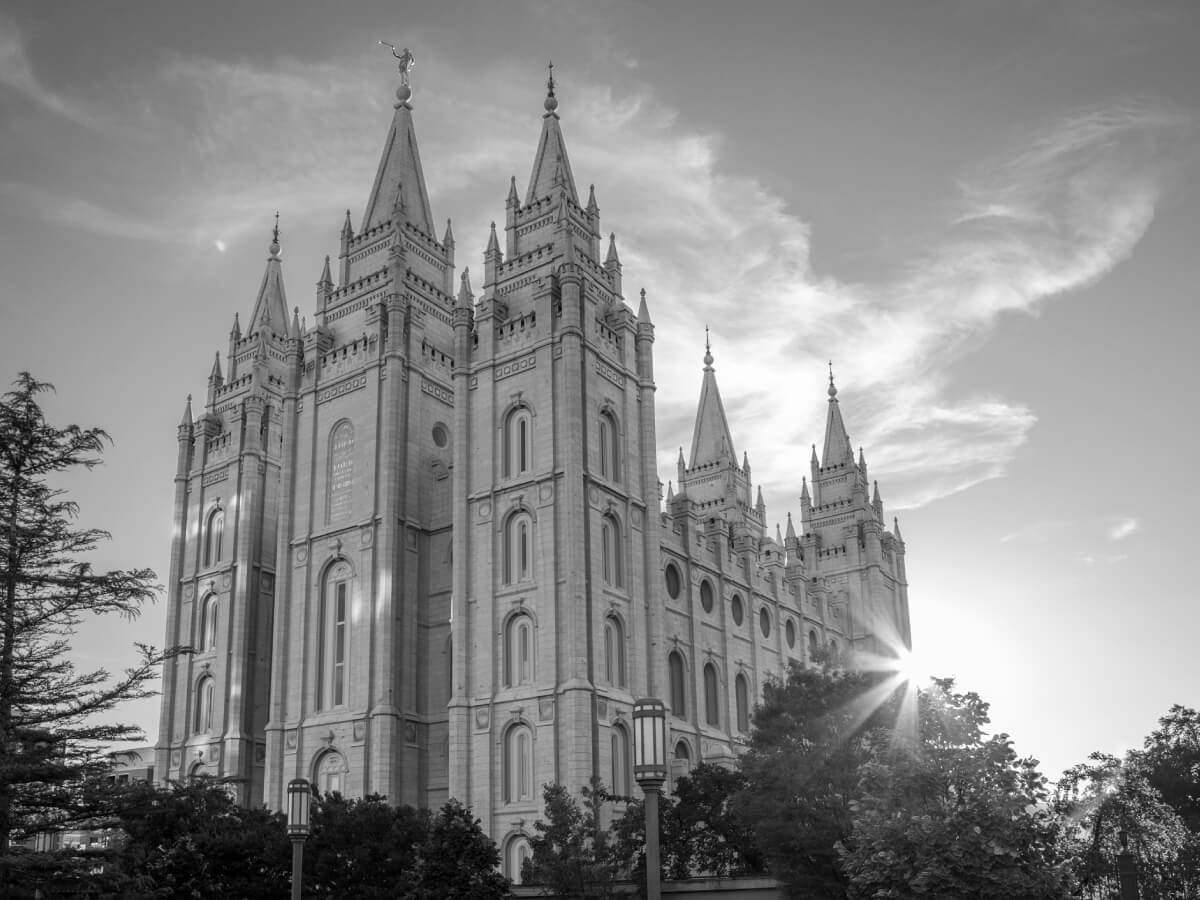
Today’s edition of “Getting It Right” features articles about how Mormon missionaries learn to face adversity and serve others, as well as inaccurate reports about the Book of Mormon and polygamy.
Tallahassee Democrat: Mormon missionaries learn how to face adversity and serve others
In a report highlighting the experiences of several Mormon missionaries in the Tallahassee, Florida, area, reporter Blythe Newsome gives generally very accurate information about the LDS missionary program and includes a quote from returned missionary Dallin Rogers that captures the essence of missionary service. The mission experience, Rogers says, “taught me everything about life. It taught me to deal with adversity, to give of myself and serve others who are in need. I really gained a grounded perspective of life and how to enjoy it.”
Newsome also notes that the missionaries “consider it a privilege to show their love for other people and the Lord by sharing the Gospel” through following Jesus Christ’s New Testament teaching, “Go ye therefore, and teach all nations” (Matthew 28:19).
Newsome summarizes the missionary experience thoughtfully: “They spend their two years devoted to studying, meeting people and teaching about Jesus Christ. Their work is a labor of love and most missionaries end up feeling they gained more than they gave by serving.”
Read more at MormonNewsroom.org’s Missionary Program topic page.
The Observer: Mormon missionaries and volunteers in Kampala offer message of Christ and humanitarian aid
Reporter Alexander Tucciarone offers another look at the Mormon missionary experience, featuring comments and experiences of several missionaries serving in Uganda. Tucciarone highlights some of the local misconceptions missionaries face, such as the failure to recognize The Church of Jesus Christ of Latter-day Saints as a Christ-centered faith. Tucciarone also addresses the value missionaries find in their service. The report also notes that missionaries and volunteers “lead infrastructure projects and vaccine drives across East Africa,” like earlier this year, when “the Mormon church teamed up with the Red Cross and World Health Organisation and vaccinated more than 250,000 Ugandans against polio and measles.”
Read more about such initiatives at:
http://www.mormonnewsroom.org/article/measles-vaccinations-mormons-others
http://www.mormonnewsroom.org/article/measles-vaccination-campaign
as well as more information about Mormons in Africa:
http://www.mormonnewsroom.org/article/mormons-africa-bright-land-hope
Getting It Wrong
The New Yorker: Exclusively secular lens fails to understand faith traditions and Mormonism on its own terms
Adam Gopnik’s 5,200-word essay on Latter-day Saints and the Book of Mormon assumes a secular world view that largely fails to consider religion, let alone Mormonism, on its own terms. In spite of the potential to explore the history, doctrine, or social and cultural settings behind The Church of Jesus Christ of Latter-day Saints in a balanced way, this article emerges as another politicized and overly simplistic treatment of religion. This bias, readily manifest in comments like labeling Mormonism a “strange faith,” calling the Book of Mormon and sacred texts “[so] boring [that they] could have been inspired only by the breath of God” and with blanket assertions about Latter-day Saints’ lack of “critical intelligence,” among other glib quips, prevents Gopnik from offering a more thoughtful analysis of what Mormonism is about and why it persists today.
Perhaps measured and balanced analysis, however, is not the intent of this style of essay; but readers would benefit from considering the Church’s own position on such themes as revelation or doctrine or fiscal self-sufficiency. The totalizing statements and reductive summaries of faith traditions in general, shortchange what could’ve been a good platform for furthering the dialogue and understanding of the Mormon faith.
Salon and AlterNet: Inaccurate reporting about polygamy and patriarchal blessings
Over the years, most journalists have correctly reported that The Church of Jesus Christ of Latter-day Saints does not practice polygamy. But in the realm of blogs, online news sites and social networks where editorial oversight is absent, misunderstandings, distortions and patently false assertions are easily perpetuated.
Salon features such an article by AlterNet’s Valerie Tarico. One of several inaccuracies in Tarico’s article is the claim that The Church of Jesus Christ of Latter-day Saints “supports polygamy or plural marriage only where it is allowed by law.” This is false. The Church discontinued polygamy in 1890 and the practice has been prohibited since, even in countries where polygamy is socially or legally accepted. More information on the subject can easily be found at MormonNewsroom.org’s Polygamy topic page.
Tarico would also have benefitted from perusing more source material provided for information-seeking journalists and individuals on the MormonNewsroom.org Topics and Background page for concepts such as patriarchal blessings. As such, Tarico’s assertions about Mormons’ understanding of patriarchal blessings, lineage, eternal families and genealogy are too erroneous and numerous to treat here, but we invite readers to consult MormonNewsroom.org’s topics page as well as peer-reviewed sources by those with credentials for more information.